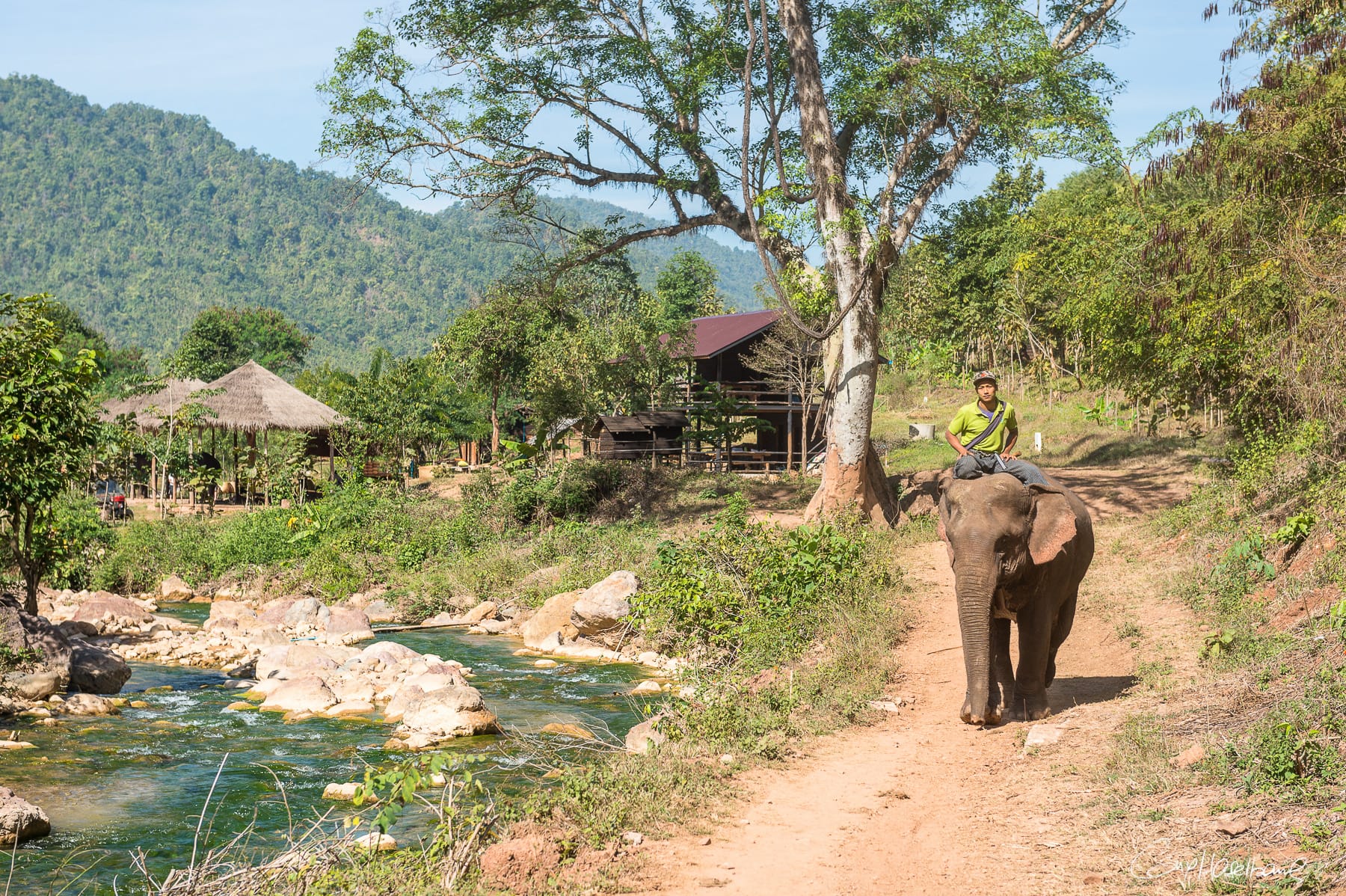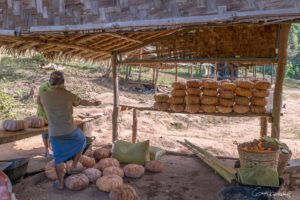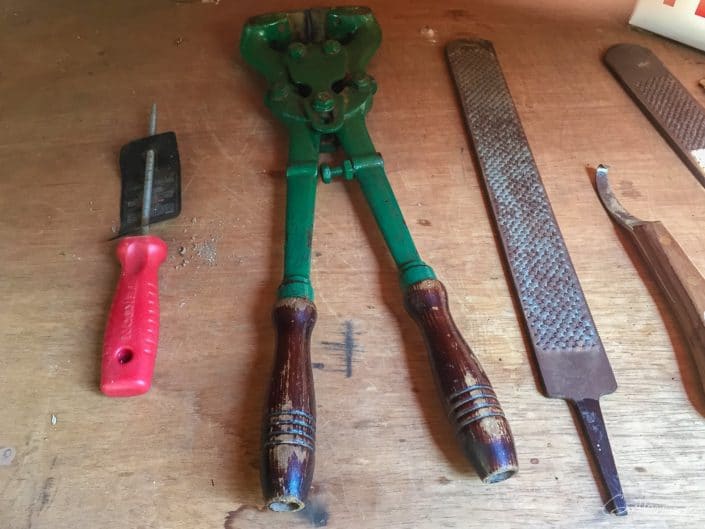
EXISTS IN THE MOUNTAINS OF THE SHAN STATE AT ONE HOUR OF ROAD OF KALAW IN DIRECTION OF MEIKTILA, YANGON OR MANDALAY, A SMALL PARADISE FOR ELEPHANTS, A PLACE OF RETIREMENT IN ANY TIME TO THE BOTTOM OF A VERDOYANT VALLEY WHERE WORK FORCED IS BANNED FOR ALWAYS.

The photograph of elephants is special considering the size of the animal. It would be necessary to be able to stay several days on the spot, the first days to make the bad photographic experiments and then, having understood the particular constraints of this type of animal photography, eventually to succeed some.

But the ideal would be to spend several days with a mahout (also called Kornak in India) and his elephant to better know this inseparable couple that forms man and the animal and their particular relationship. Unfortunately my visit was scheduled for a day. So a prolonged return would be necessary to develop the subject.
Impressive dimensions. The weight of an adult Asian elephant is on average four tons. Its skeleton alone weighs a ton and a half. The gestation period is between 18 and 22 months, and the young elephant weighs about 75 kg at birth. His heart rate is very slow about 25 pulses per minute.

It presents only one “finger” prehensile at the end of the trunk and has ears rather small. The skull forms two prominent bumps and defenses are absent in females. It seems that it is the third most intelligent animal after the Chimpanzee and the dolphin but the opinions on the question diverge.

As for gastronomy, it is a vegetarian animal and its food is based on fruits, sugar cane, squash, etc. Which are cultivated especially for him here. A part of his diet of about 150 kilos is given him to the camp and the 100 kilos remaining to satisfy his appetite, he finds them in the evening in the jungle nearby.


The elephant pharmacy.
An original idea also of this “Camp” is to recycle elephant droppings to produce paper. Surprising! I attended the very artisanal manufacturing process and to summarize it is a little the same principle as the traditional paper pulp made of wood fiber and cotton, except that at the Green Hill Valley Elephant Camp it is the fibers Extracted by a system of grinding and filtering the excreta which provide the raw material.

Go to top





















Leave a reply